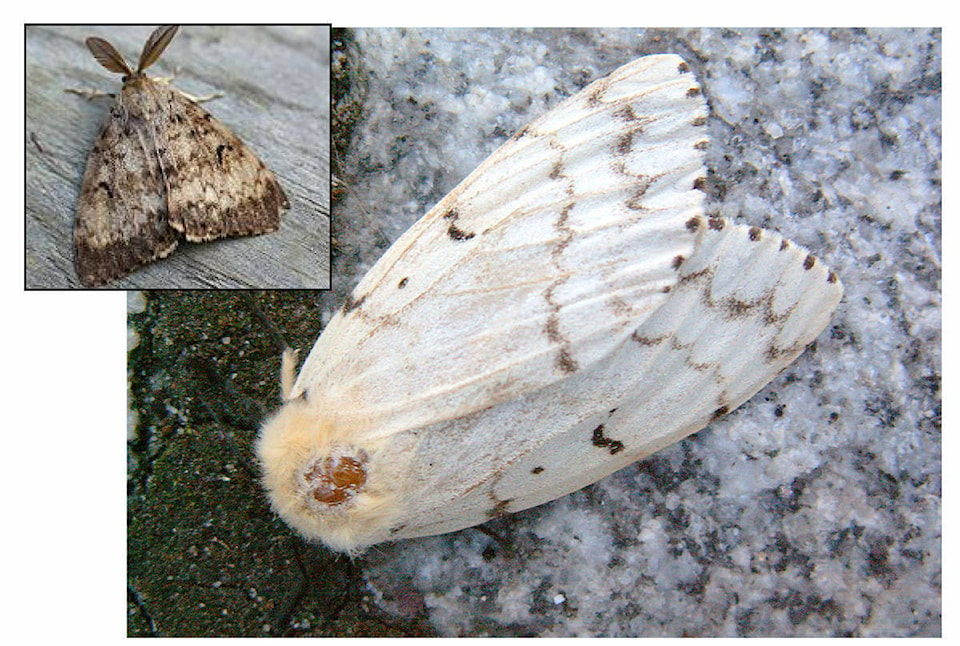The aerial-spray treatments to prevent gypsy moth infestations are scheduled for the week of May 10 in the Courtenay area.
The 187-hectare treatment area is located around Highway 19A, between Rennison Road and Veterans Memorial Parkway.
Up to four separate aerial treatments are required between mid-May and mid-June, occurring seven to 10 days apart. The application will be conducted by a small, low-flying aircraft. Pets or livestock that may be frightened by the low-flying aircraft should be secured or brought indoors.
Each treatment will start shortly after sunrise and should be completed by 8:30 a.m., unless delayed by poor weather. Each treatment is expected to take one morning to complete. Poor weather or windy conditions may result in the treatments being postponed with little advance notice. Any postponed treatment will resume on the next suitable morning.
The affected area will be treated with Foray 48B, which contains Bacillus thuringiensis var kurstaki (Btk). Btk is a biological insecticide that occurs naturally in soil and has been approved for the control of gypsy moth larvae in Canada since 1961.
Btk is effective in eradicating gypsy moths since it only impacts caterpillars that eat sprayed leaves. It affects the caterpillars only after they have ingested it. It does not harm humans, livestock, plants, pets, other mammals, birds, fish, amphibians, reptiles, spiders, bees, ladybugs or other insects.
Anyone wishing to minimize contact with the spray may choose to remain indoors with their windows and doors closed during the treatments, and for at least 30 minutes after the flight has been completed.
The gypsy moth is destructive to native and urban forests, as well as orchards. If these pests are not treated, they could spread to other parts of the province and put hundreds of species of trees and shrubs at risk, including in endangered Garry oak ecosystems.
ALSO: Permit issued for gypsy moth treatments in Courtenay area
